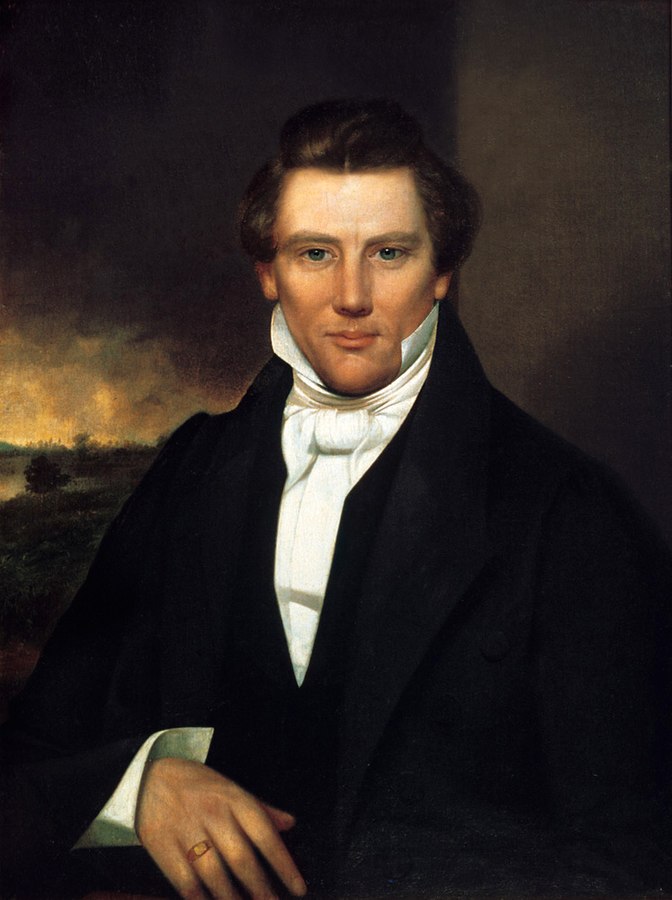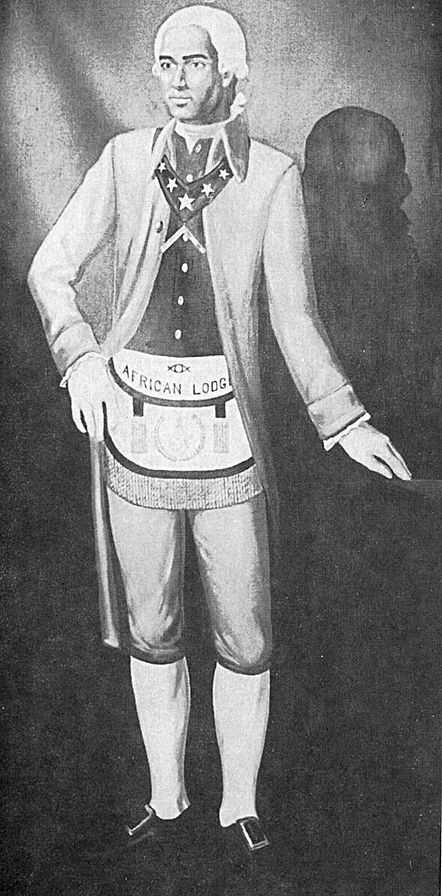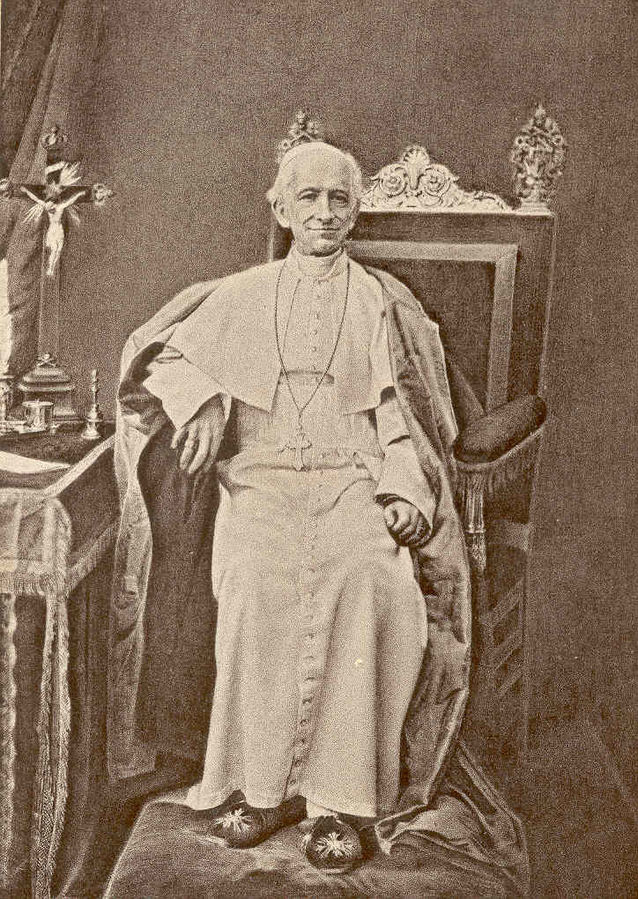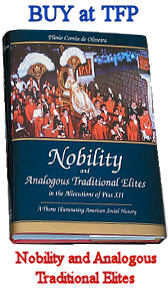6. The Agents of the Revolution: Freemasonry and Other Secret Forces
Since we are studying the driving forces of the Revolution, we must say a word about its agents.
We do not believe that the mere dynamism of the passions and errors of men could coordinate such diverse means to achieve a single end, namely, the victory of the Revolution.

Joseph Smith, Jr. leader and founder of Mormonism. Smith and several prominent Latter Day Saints were initiated as Freemasons and founded a lodge in Nauvoo, Illinois, in March 1842. Soon after joining Freemasonry, Smith introduced a temple endowment ceremony including a number of symbolic elements that were very similar to those in Freemasonry. Smith remained a Freemason until his death.
The production of a process as consistent and continuous as that of the Revolution amid the thousand vicissitudes of centuries fraught with surprises of every kind seems impossible to us without the action of successive generations of extraordinarily intelligent and powerful conspirators. To think that the Revolution could have reached its present state in the absence of such conspirators is like believing that hundreds of letters thrown out a window could arrange themselves on the ground to spell out a literary piece, Carducci’s “Ode to Satan,” for instance.
Heretofore, the driving forces of the Revolution have been manipulated by most sagacious agents, who have used them as means for carrying out the revolutionary process.
Generally speaking, one can classify as agents of the Revolution all the sects — whatever their nature — engendered by it, from its origin to our days, to disseminate its thought or to concatenate its plots. The master sect, however, around which all the others are organized as mere auxiliaries — sometimes consciously and other times not — is Freemasonry, as clearly follows from the pontifical documents, especially Leo XIII’s encyclical Humanum genus, of April 20, 1884.
The success of these conspirators, and particularly Freemasonry, is due not only to their indisputable capacity to organize and conspire, but also to their clear understanding of the Revolution’s profound essence and of the use of natural laws — the laws of politics, sociology, psychology, art, economics, and so forth — to advance the attaining of their goals.

Prince Hall (d.1807) was an African American abolitionist and a the founder of Prince Hall Freemasonry. Hall is considered the founder of “Black Freemasonry” in the United States, known today as Prince Hall Freemasonry.
In this way, the agents of chaos and subversion are like a scientist who, instead of merely relying on his own strength, studies and activates natural forces a thousand times more powerful than he.
Besides largely explaining the success of the Revolution, this provides an important indication for the soldiers of the Counter-Revolution.
Plinio Corrêa de Oliveira, Revolution and Counter-Revolution (York, Penn.: The American Society for the Defense of Tradition, Family, and Property, 1993), Part I, Ch. VI, Pgs. 37-39.







